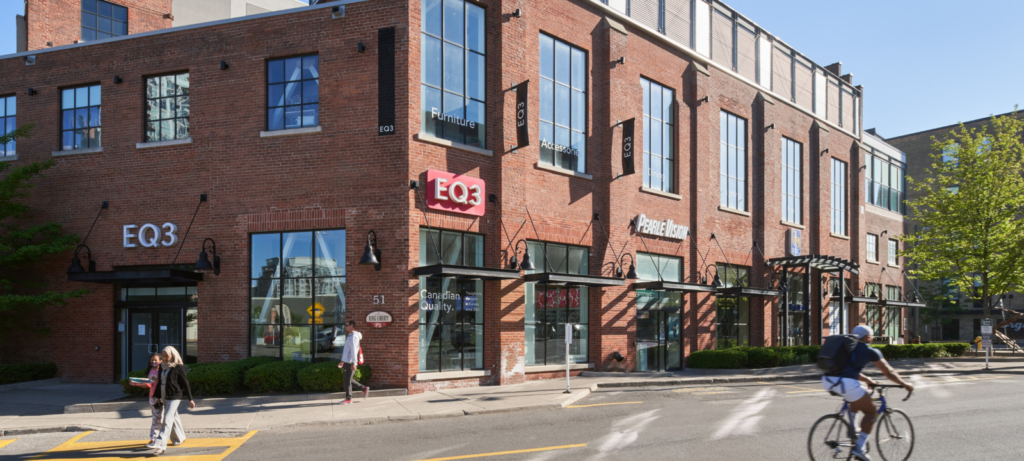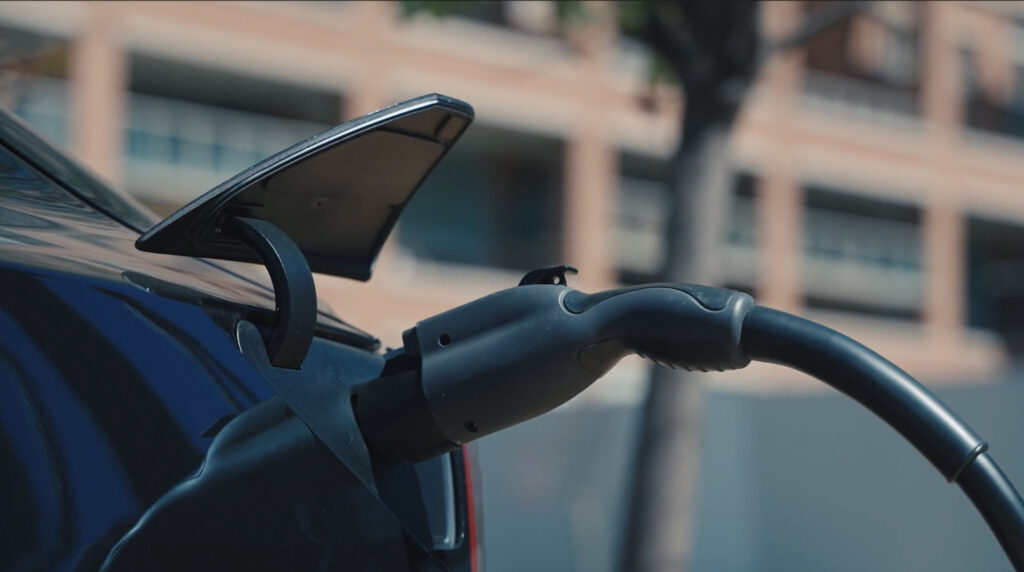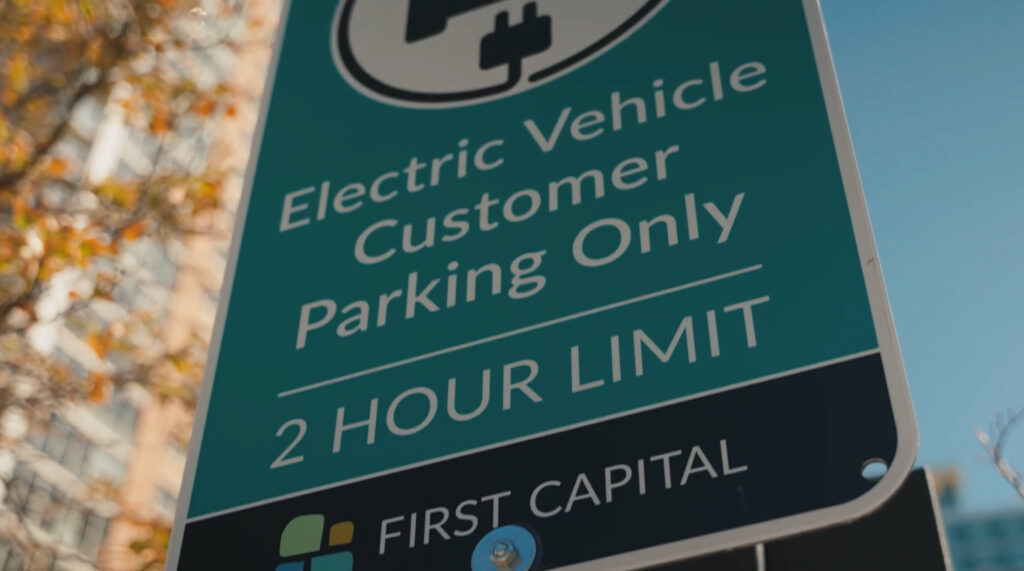Welcome back to First Capital’s Climate Action Video and Blog Series. In the third installment of this four-part series, we’ll be discussing transportation, its environmental impact, and what we can do to create a more sustainable future. So, buckle up and get ready to learn how our transportation habits are affecting the world we live in.
Transportation is an essential part of our daily lives, from driving your car to go visit friends and family to biking along your city’s streets to taking the airplane to your next beach vacation. However, transportation comes at a serious cost to our environment. From the emissions that come from our vehicles to the resources required to produce and dispose of them, transportation is a major contributor to environmental degradation. In fact, the pollutants released by gas fuelled cars and trucks contributes to a fifth of the world’s total greenhouse gas emissions (GHG).
Transportation Habits
First, let’s talk about transportation habits. Every day, we make choices about how we get from one place to another, and those choices can have a significant impact on our environment. This can include walking, biking, driving, or taking public transportation.
Unfortunately, the most popular form of transportation is single-occupancy car trips and there are several reasons why. For one, cars provide a sense of freedom and convenience, allowing people to travel wherever and whenever they want without having to rely on public transportation schedules. Additionally, in many parts of the world, infrastructure and urban planning have been designed to prioritize cars over other forms of transportation, making it difficult or even dangerous to get around by bike or on foot.
Did you know that light-duty vehicles (cars, SUVs, and trucks) produce more than four times the GHG emissions of all domestic aviation in Canada? They account for nearly half of all GHG emissions from the transportation category.

So, what can we do to change this?
To start, the environmental impacts of widespread car use have become increasingly apparent. Many cities and regions are taking steps to promote other forms of transportation, such as biking, walking, and public transit. By promoting these alternatives and creating more walkable and bike-friendly cities, we can reduce our dependence on cars and create a more sustainable future.
Imagine… a future without sitting in traffic.
Now, we are not saying to stop driving altogether, but reducing how much you drive is a great place to start. A few ways you can better your transportation habits include:
- Taking public transportation to and from work when possible
- Shopping locally to reduce the distance you drive
- Carpooling
- Walking or biking to your destination – this not only helps the environment but also promotes a healthier lifestyle. On average, you burn roughly 100 calories (about 8 minutes of running) per 1.6 kms
We understand that taking public transit isn’t always an option, especially for trips up to your cottage and other more remote areas. To supplement this, we suggest investing in vehicles that produce less GHG emissions including hybrid and fully electric vehicles.

We know that organizations like ours play a big part in making cities more accessible and making it easier to travel more sustainably.
Businesses have also begun taking steps to promote other forms of transportation, like upgrading their fleet to electric vehicles, providing proper storage for bikes at offices, and installing EV charging stations at the workplace. In fact, we have installed over 250 EV chargers across our portfolio and are committed to having EV stations across our entire portfolio by 2024. Along with EV chargers, our portfolio has an average walk score of 71 and 99% of our properties are within a 5-minute walking distance of public transportation. We’re committed to fostering a greener future and this is one of the ways we’re doing so.
Read more about our EV charging station implementation program here.


Choosing alternative forms of transportation can significantly reduce an individual’s carbon footprint and have a positive impact on the environment. Studies have shown that shifting from single occupancy car rides to public transportation, biking, or walking can reduce an individual’s carbon footprint by an average of 30%.
So, the next time you’re deciding how to get from point A to point B, consider choosing an alternative form of transportation. Making these important choices can have a significant impact on the environment and help create a better future. Let’s all do our part to reduce our carbon footprint and create a healthier planet for future generations.
Missed the first two installments of the Climate Action Video and Blog Series? Check it out the first one on Climate Change & Taking Action here and see the second one on Energy Conservation here.
